African Nations That Are Leading the Way in Conservation
Across Africa, countries are putting in serious thought, effort, and innovation into conservation, and doing it in ways that often go unnoticed. These involve bold strategies, unexpected success stories, and community-backed plans that keep ecosystems intact while also making life better for the people who live there.
Namibia’s Community Conservancies Get Results
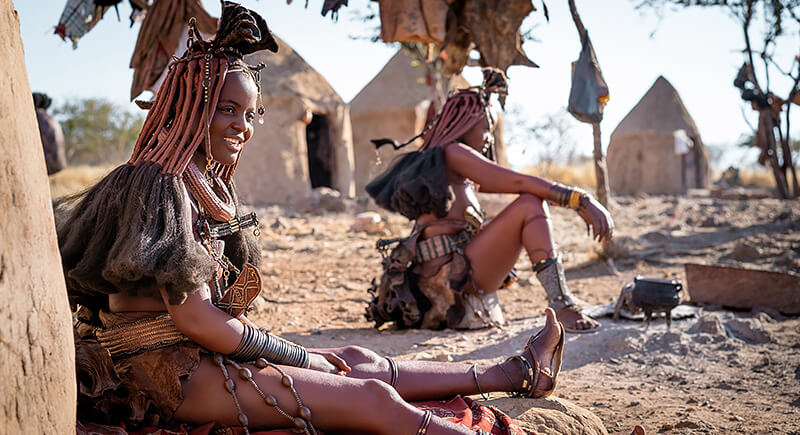
Credit: iStockphoto
Namibia turned the typical conservation model upside down by handing over control to local people. Over 80 communal conservancies now manage roughly 20% of the country’s land. It’s the first country to include environmental protection in its constitution, and the numbers back it up.
Botswana’s Bold Anti-Poaching Playbook
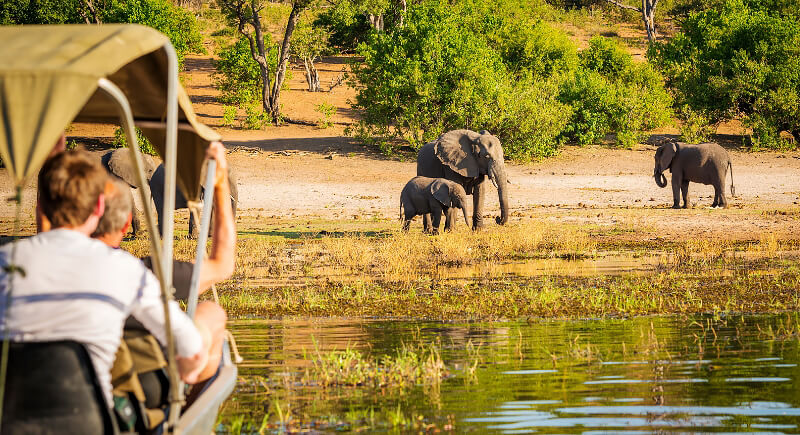
Credit: Canva
Botswana sets aside about 25% of its land for parks and reserves. It’s home to the largest elephant population in Africa, and strict anti-poaching policies back that up. The Okavango Delta, a UNESCO World Heritage site, is a haven for biodiversity.
Gabon’s Rainforest Commitment Pays Off
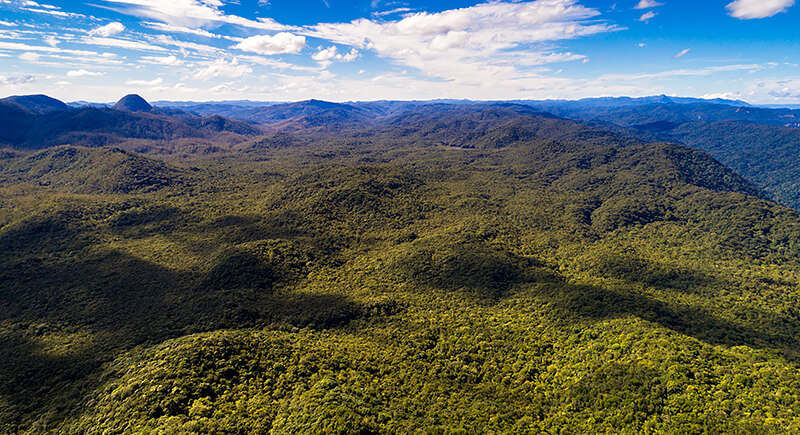
Credit: iStockphoto
Gabon has kept over 88% of its territory covered in forest, a rare statistic in today’s world. It has created 13 national parks and pioneered sustainable logging and carbon credit systems. In 2021, Gabon became the first African country to receive payments for verified reductions in carbon emissions.
Rwanda’s Gorilla Comeback Story
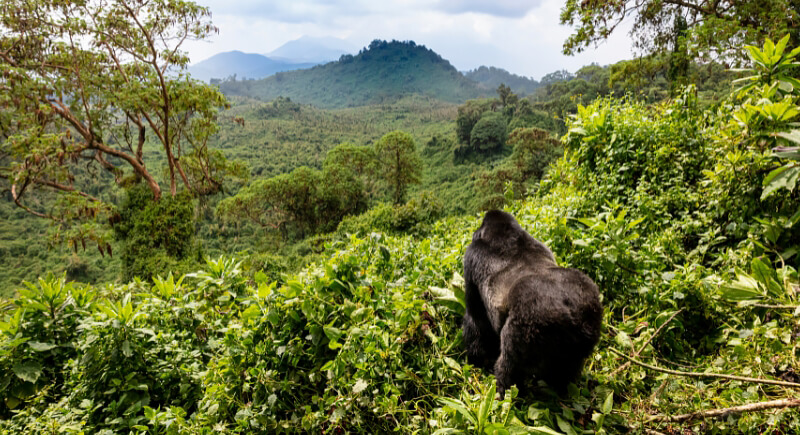
Credit: Getty Images
Mountain gorillas were nearly wiped out, and Rwanda helped turn that around. Conservation funding from gorilla tourism supports protection efforts and local communities near Volcanoes National Park. And it’s working: the population has grown steadily. Rwanda also protects Nyungwe and Akagera national parks.
Kenya’s Corridor Strategy Keeps Wildlife Moving
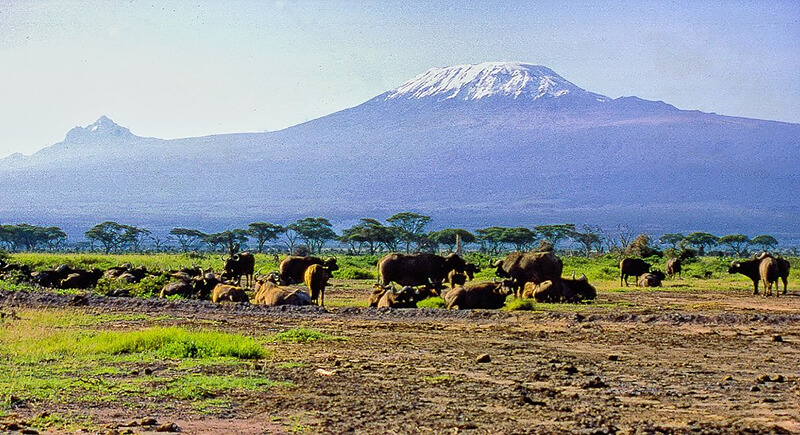
Credit: Wikimedia Commons
The country has invested in wildlife corridors to link fragmented habitats and keep migration patterns intact. Parks like Amboseli and Maasai Mara are global wildlife magnets, but lesser-known efforts like community-run conservancies and tech-based monitoring help fill the conservation gaps in between.
Sierra Leone’s Chimpanzee Sanctuary Leads Policy Change
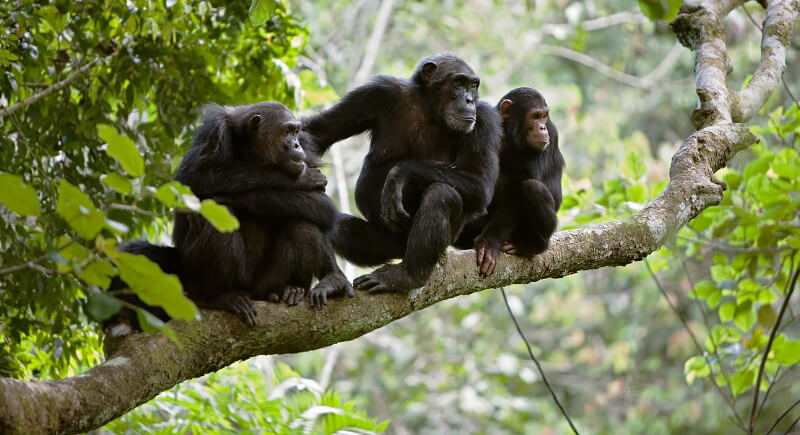
Credit: Getty Images
The Tacugama Chimpanzee Sanctuary was instrumental in making the western chimpanzee Sierra Leone’s national animal. It continues to influence conservation policy, conduct education programs, and advise on curriculum development for schools.
Tanzania Keeps Megafauna in the Picture
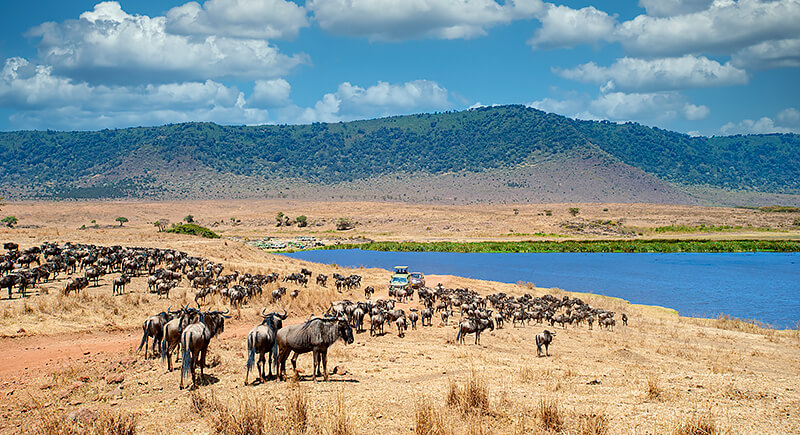
Credit: iStockphoto
Tanzania protects over 30% of its land for wildlife while hosting one of the largest animal migrations on Earth. Though the country earns revenue from safaris, it’s also engaged in habitat protection and long-term species monitoring. Elephants, lions, and zebras have room to roam, thanks to careful land use planning.
South Africa’s Mix of Science and Safari

Credit: pexels
Conservation in South Africa involves private reserves, national parks, and research. Places like Kruger and Addo Elephant National Parks are massive, but small-scale efforts like Bushmans Kloof in the Cederberg Mountains help protect less flashy species.
Mozambique’s Gorongosa Makes a Comeback
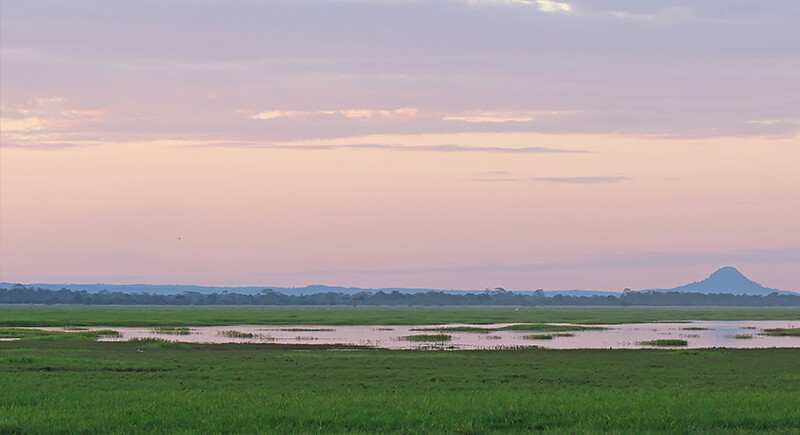
Credit: Wikimedia Commons
After a civil conflict devastated its wildlife, Mozambique’s Gorongosa National Park is thriving again. Lions, elephants, and wild dogs have returned. The park also runs a wide-reaching education program, and thanks to its scholarship fund, women are now earning science degrees.
Zimbabwe’s CAMPFIRE Program Shares the Load
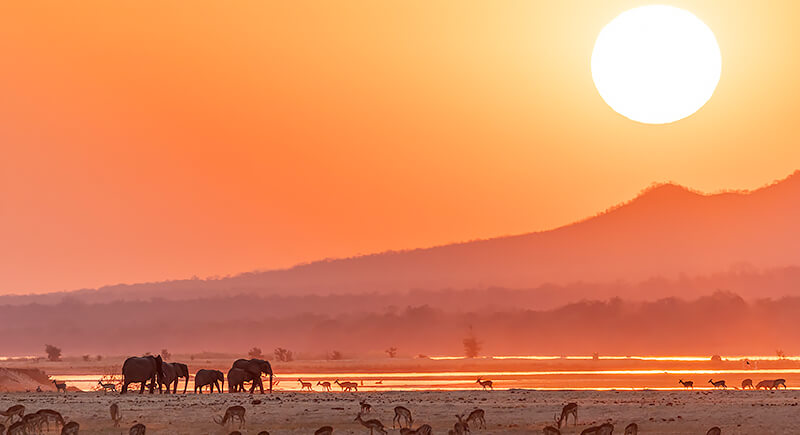
Credit: iStockphoto
Conservation isn’t always top-down in Zimbabwe. The CAMPFIRE program gives communities authority to manage and benefit from local wildlife. It’s been credited with reducing poaching and improving economic opportunities in rural areas. CAMPFIRE proved that involving residents directly can make or break wildlife protection efforts.
Zambia Links Wildlife With Livelihoods
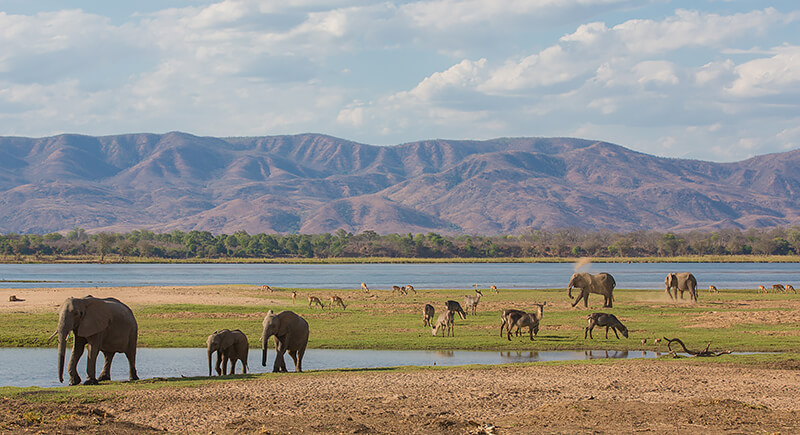
Credit: iStockphoto
Zambia’s national parks—like South Luangwa and Kafue—are home to impressive biodiversity, but what makes the country stand out is how it ties conservation to poverty reduction. Through partnerships and local involvement, Zambia channels tourism revenue into community development. The structure helps build long-term support for protecting the land and its animals.
Central African Republic Holds Ground Despite Conflict
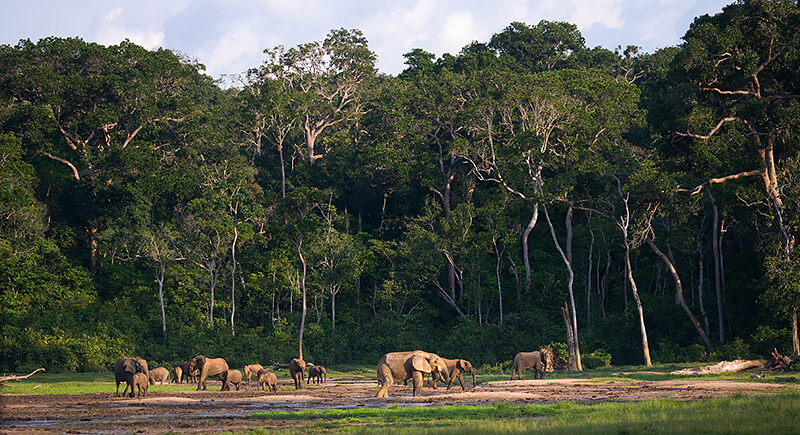
Credit: iStockphoto
It’s not the easiest place to run a conservation program. Still, the Dzanga-Sangha Protected Areas in CAR have become a stronghold for forest elephants and great apes. Backed by international support, the region has maintained steady protection despite political instability.
Malawi’s Rewilding Success Gains Momentum
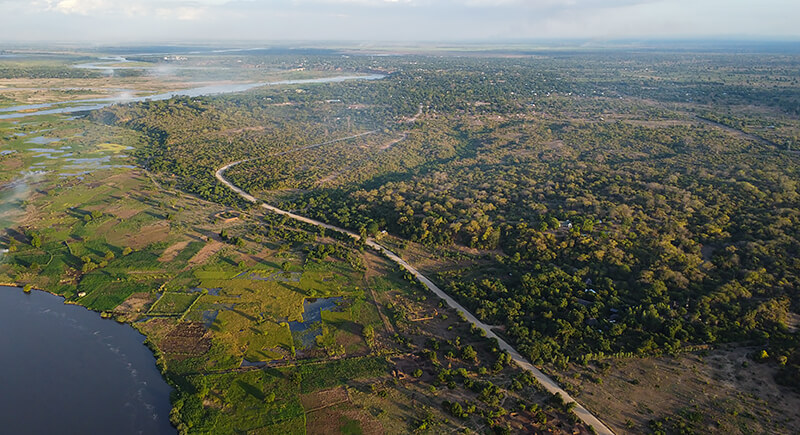
Credit: iStockphoto
Malawi has transformed its conservation outlook through rewilding projects driven by partnerships with African Parks. Once-depleted reserves like Majete and Liwonde are thriving again, now home to reintroduced lions, cheetahs, and black rhinos. Careful management and restoration efforts have turned the country into a conservation success.
Niger’s Desert Giraffe Revival
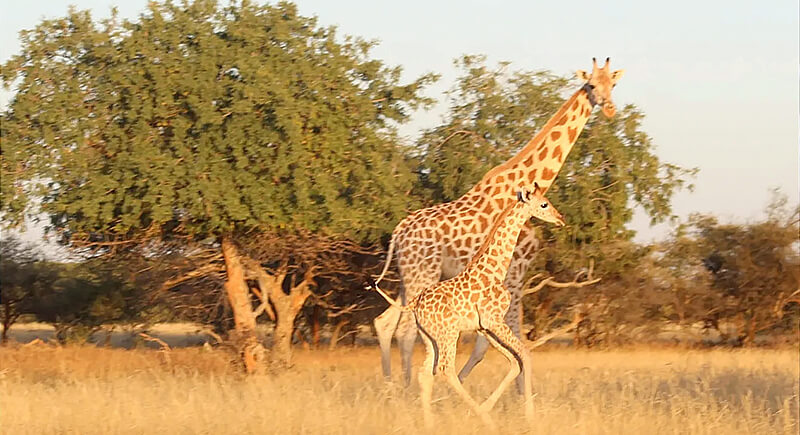
Credit: Wikimedia Commons
Niger pulled off one of Africa’s most overlooked conservation victories by saving its last population of West African giraffes. Once reduced to fewer than 50 individuals, these giraffes now number in the hundreds thanks to strict protection and collaboration with local communities.
Eswatini’s Rhino Security Model
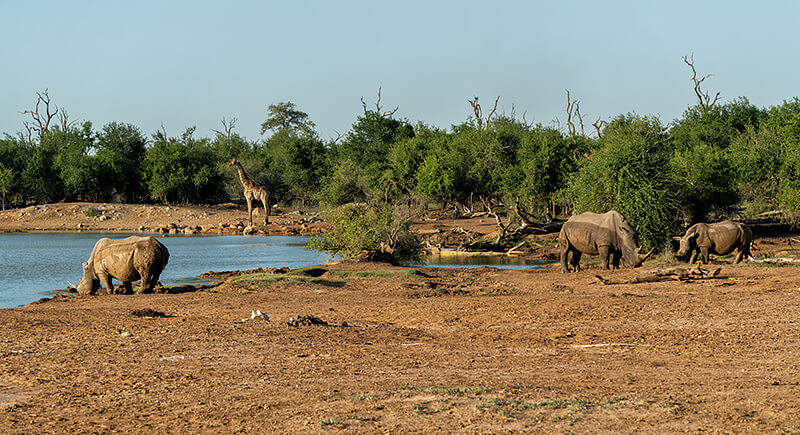
Credit: iStockphoto
Eswatini remains one of the smaller players in African conservation, but it has built a strong reputation for protecting rhinos within its borders. At Mkhaya Game Reserve and Hlane Royal National Park, security teams and conservation managers work to safeguard black and white rhinos through intensive monitoring and controlled access.